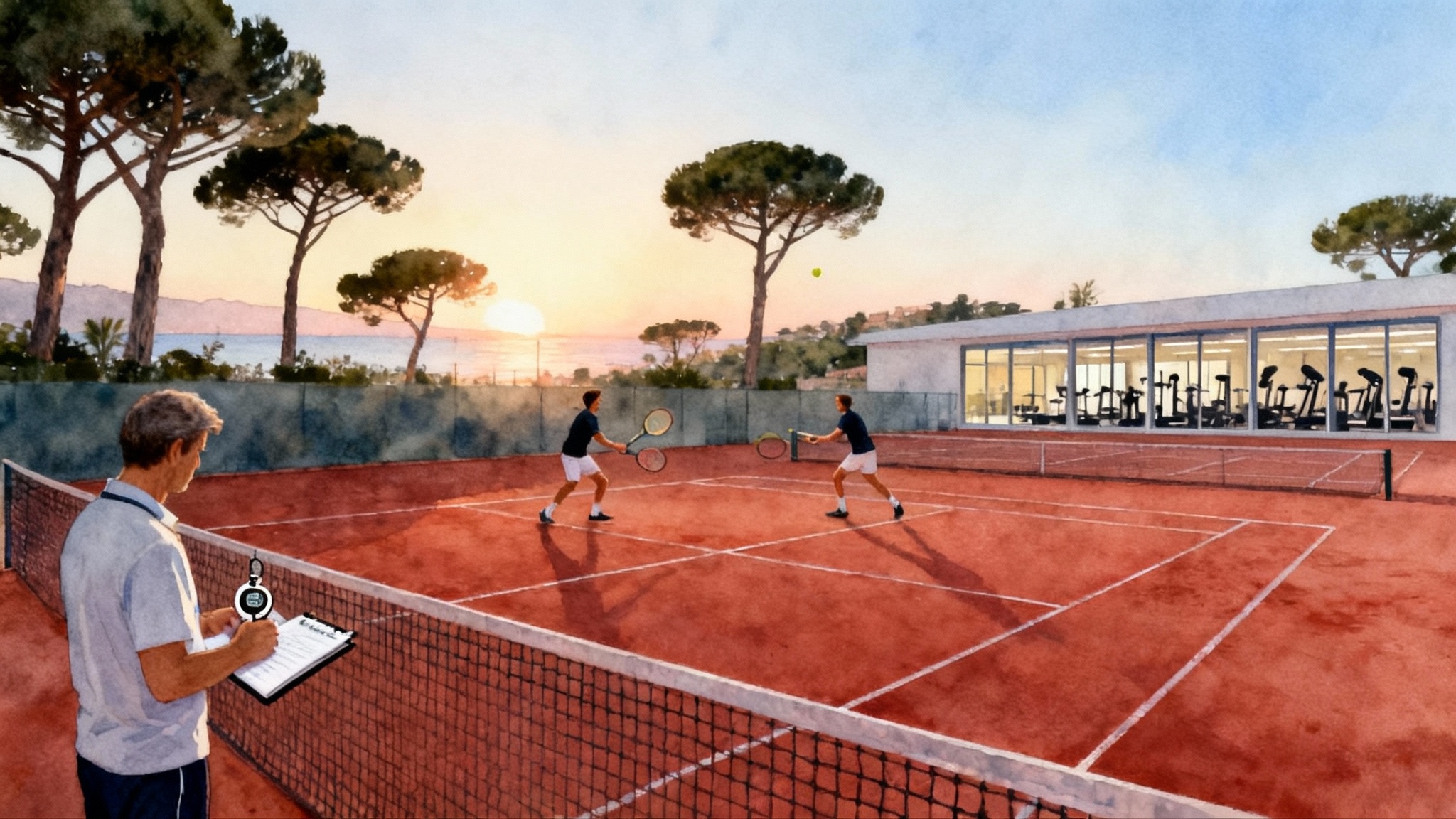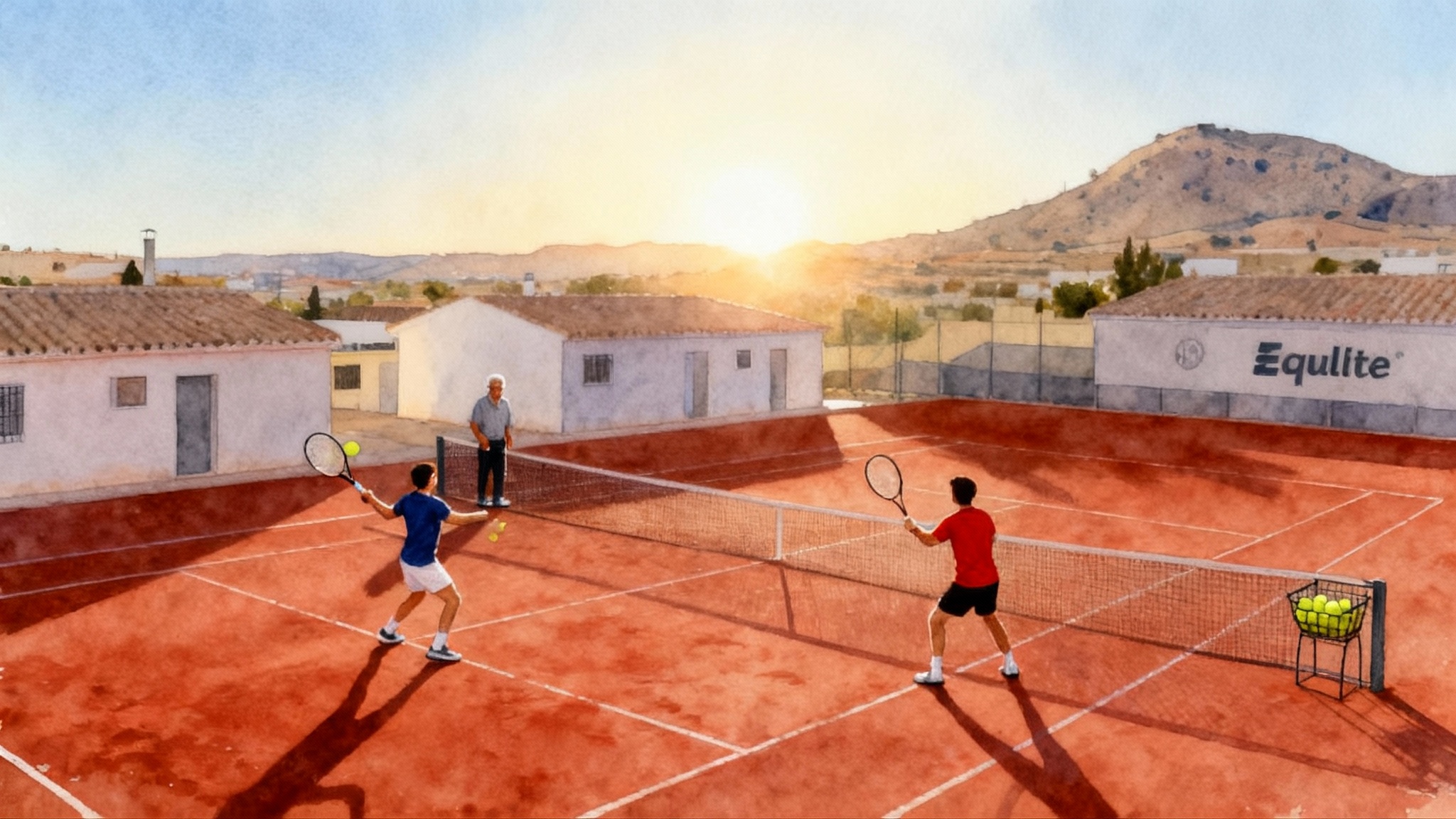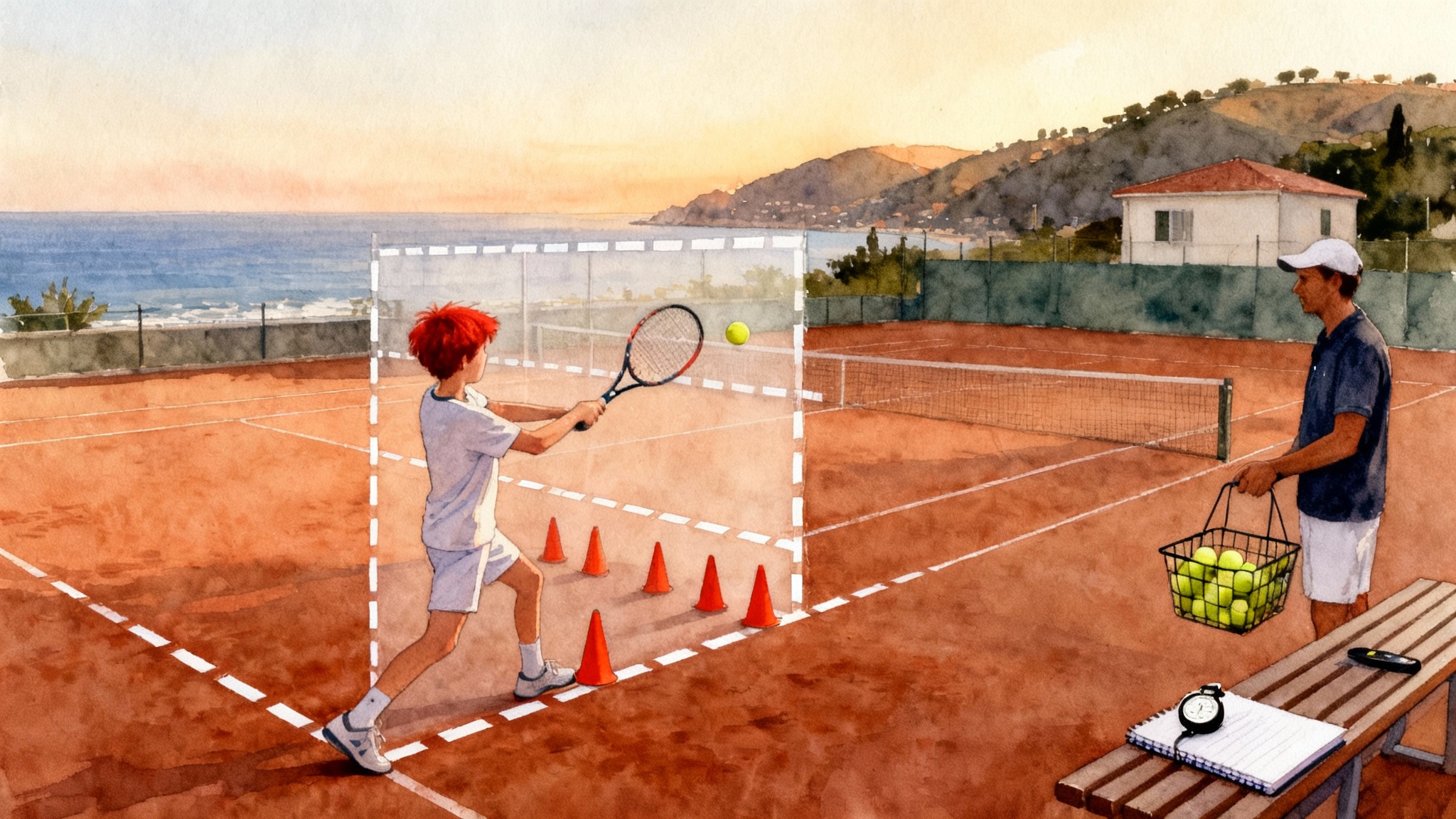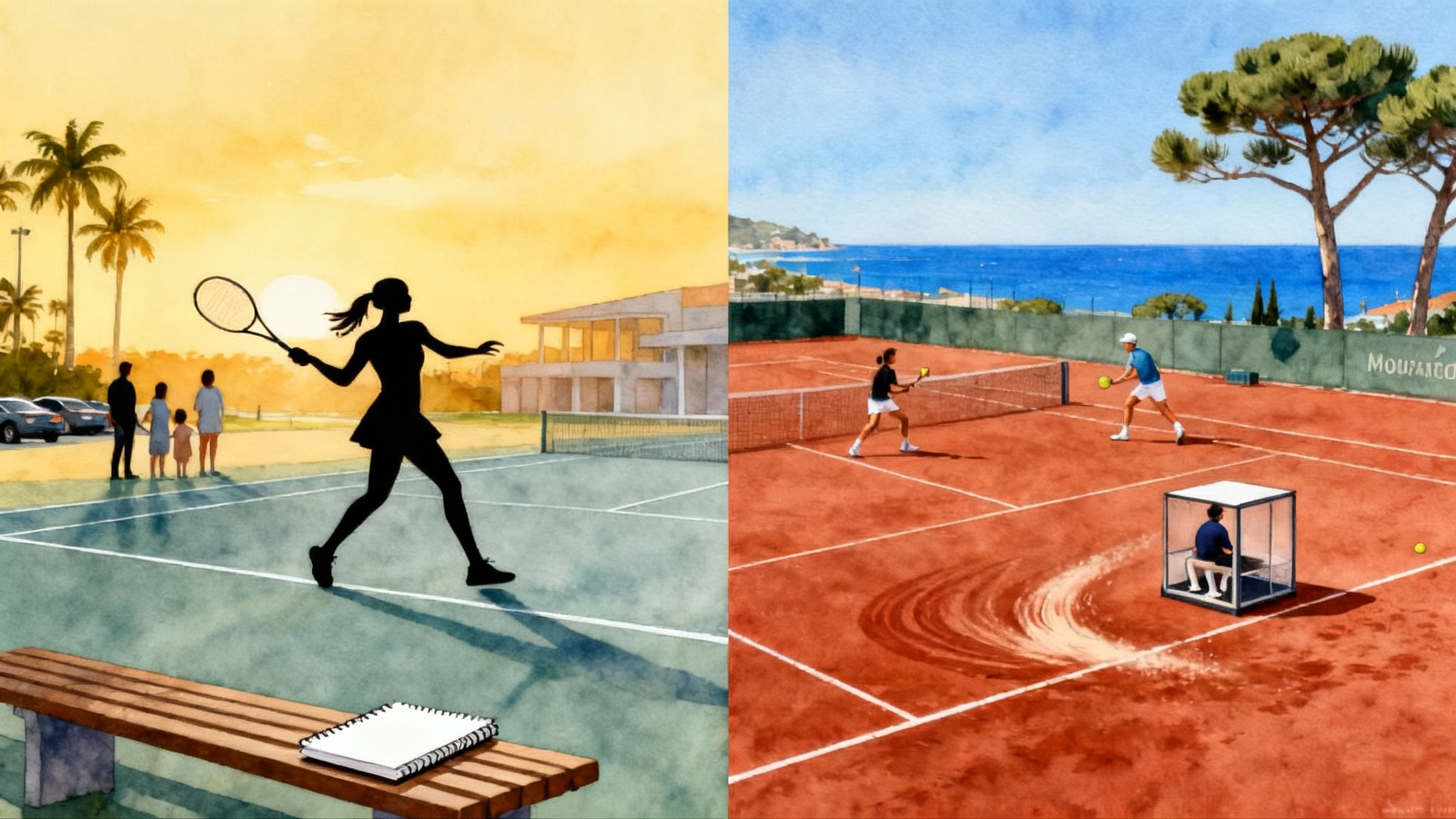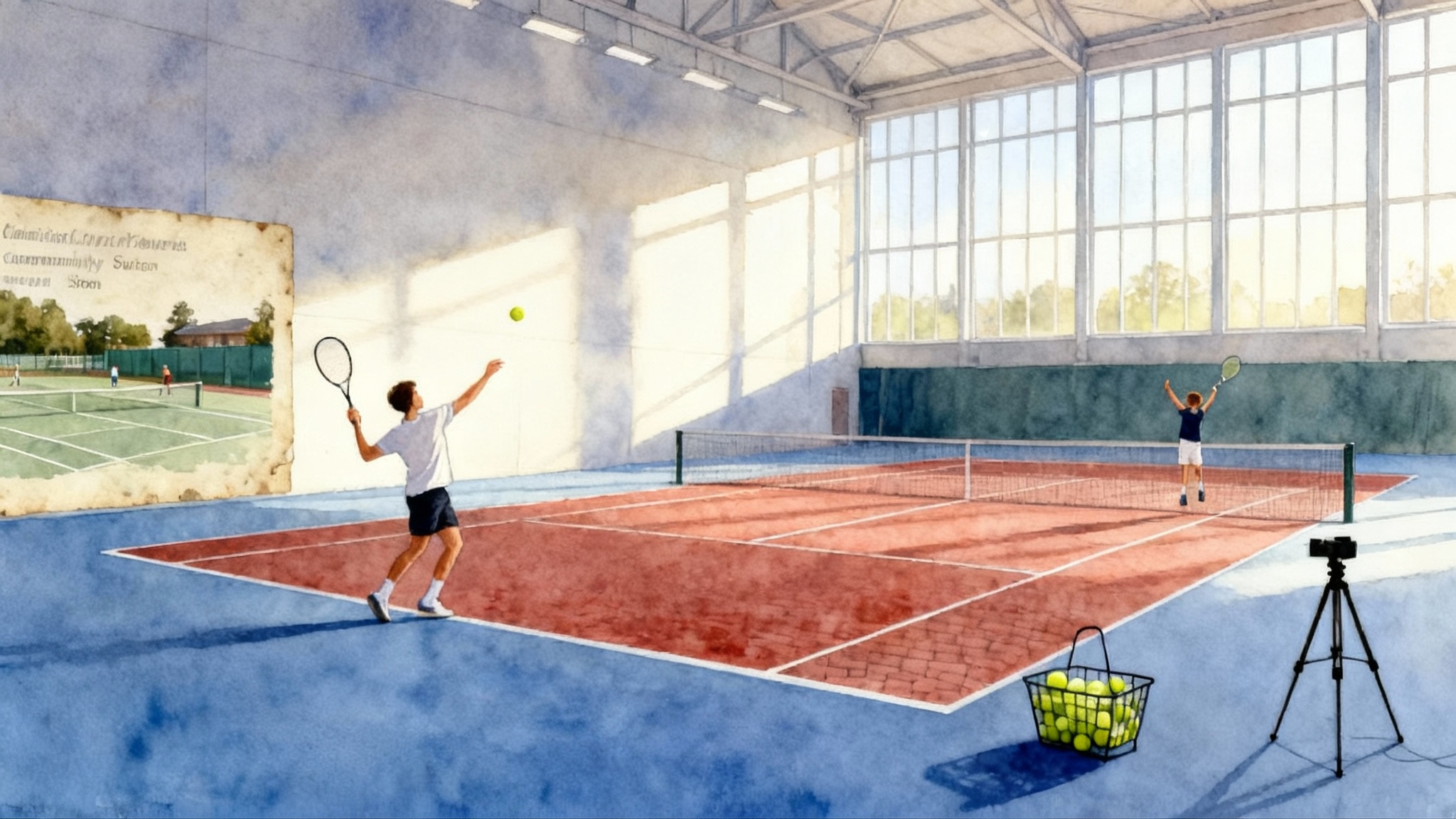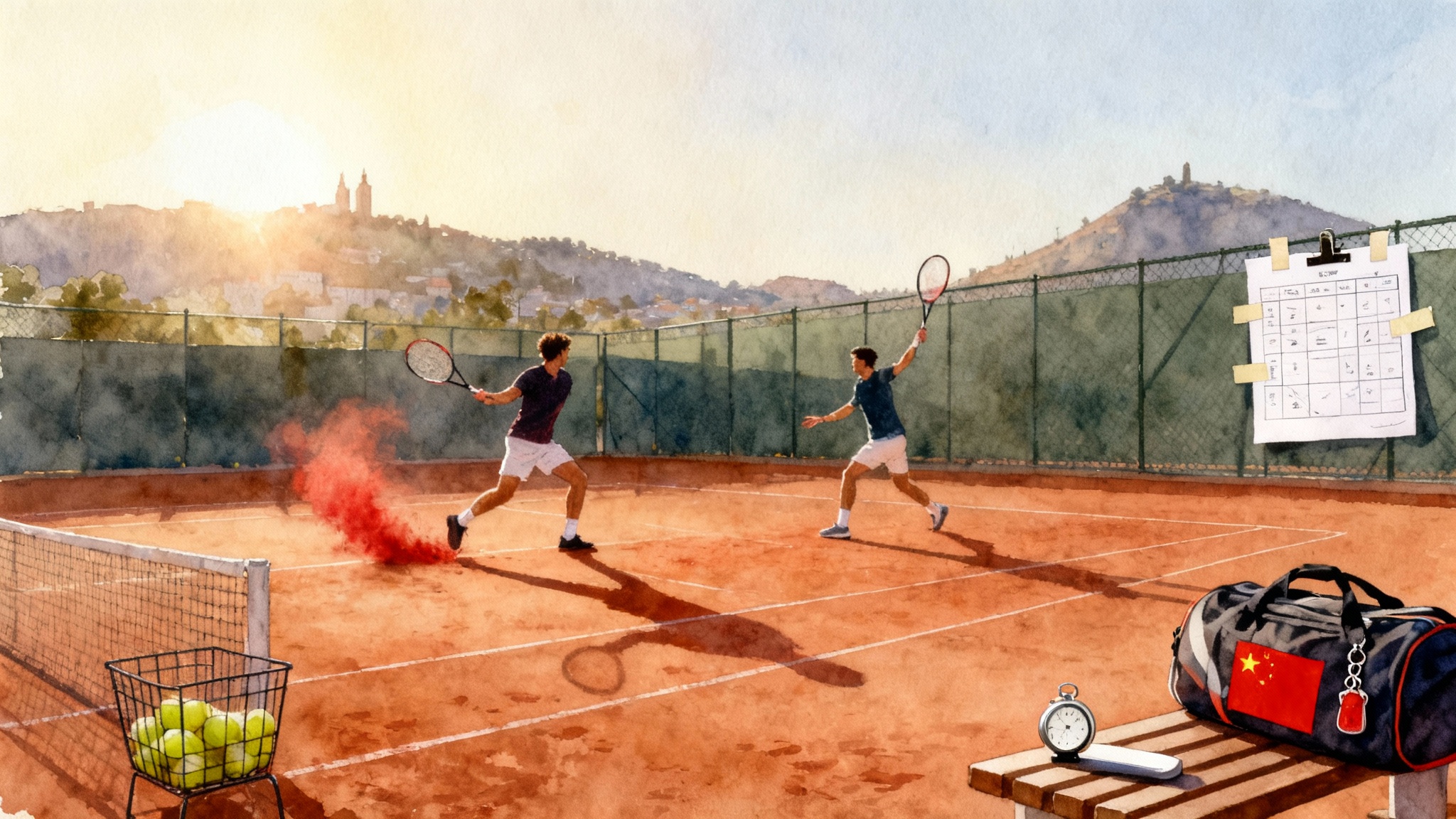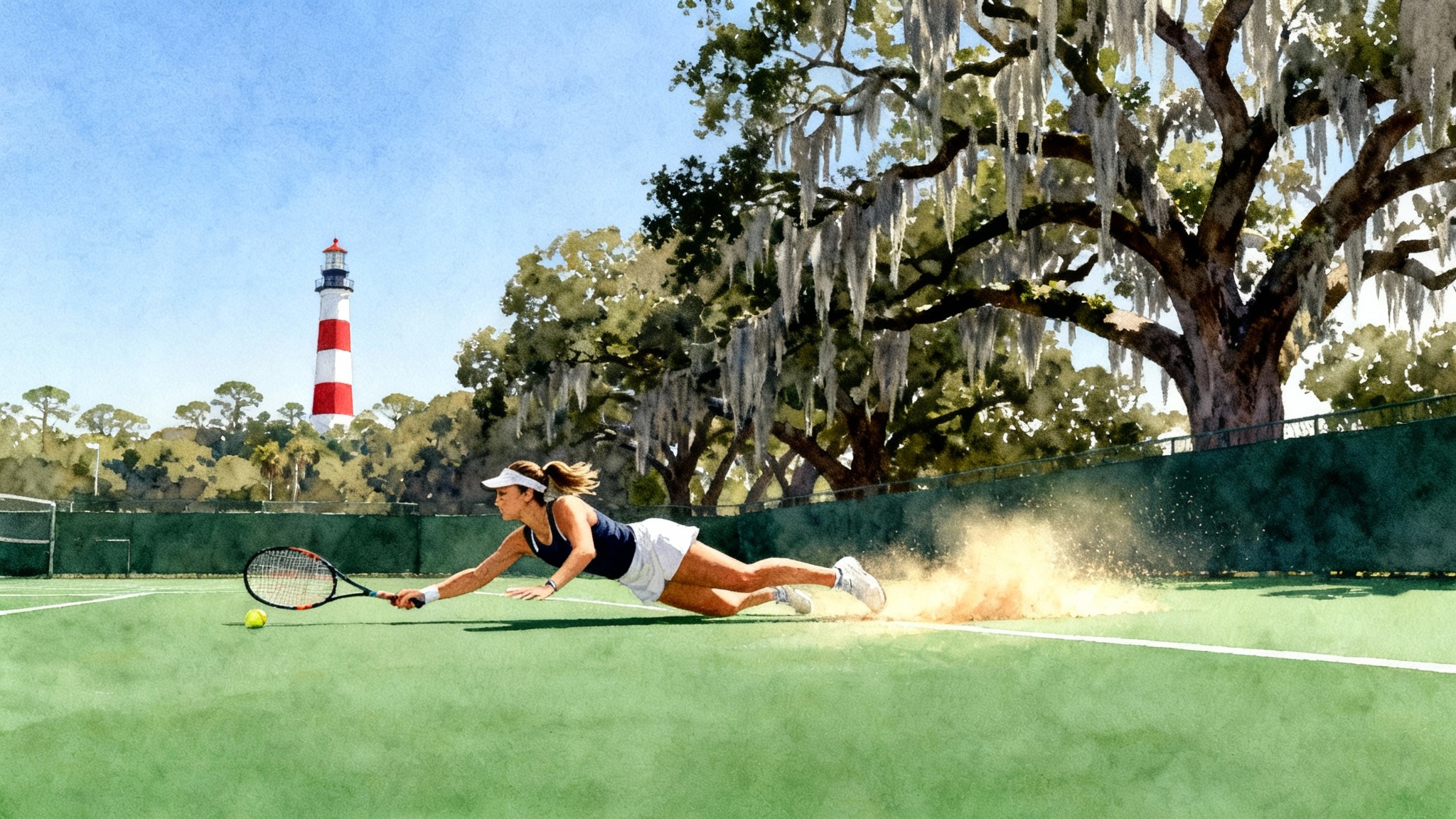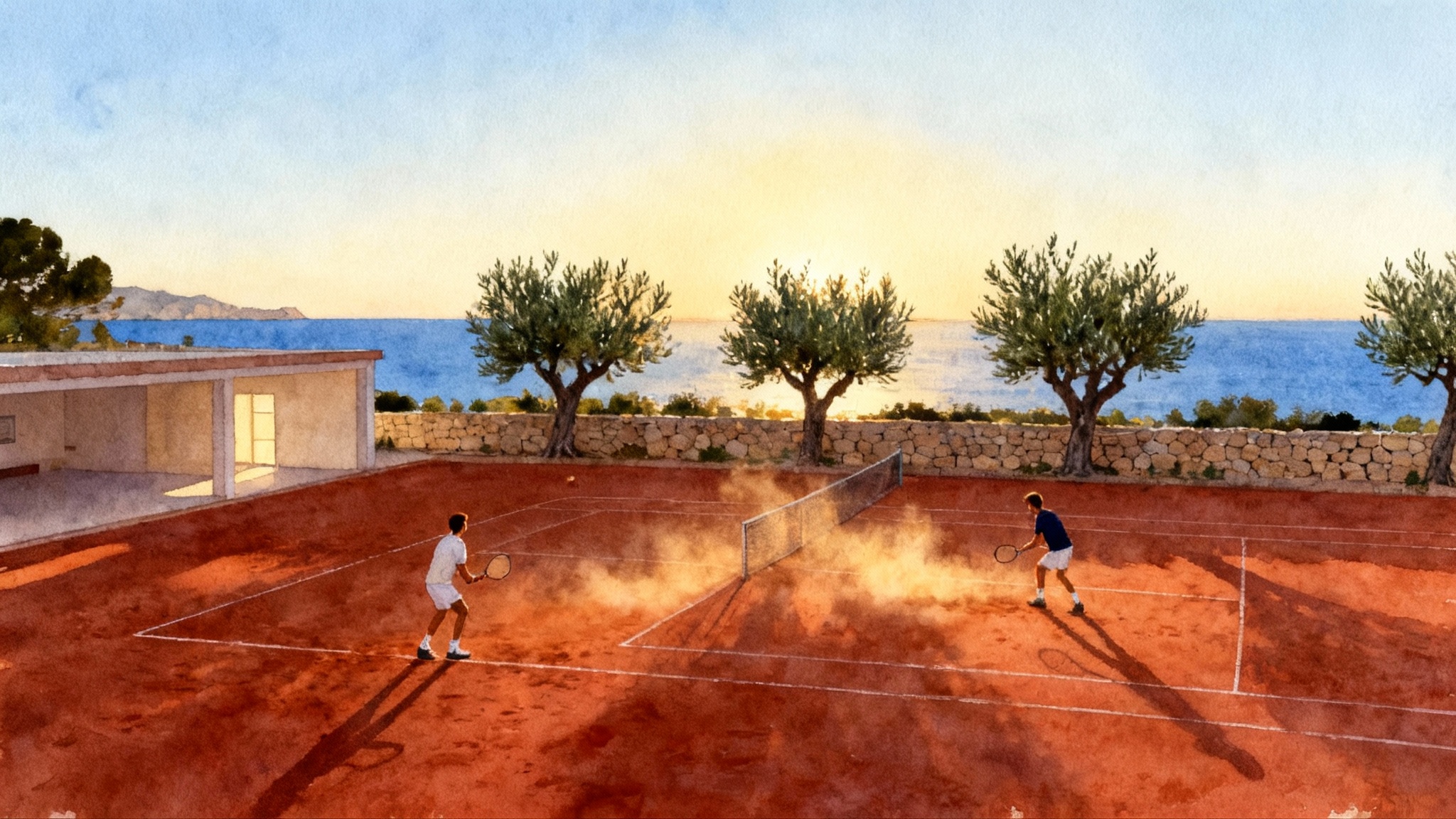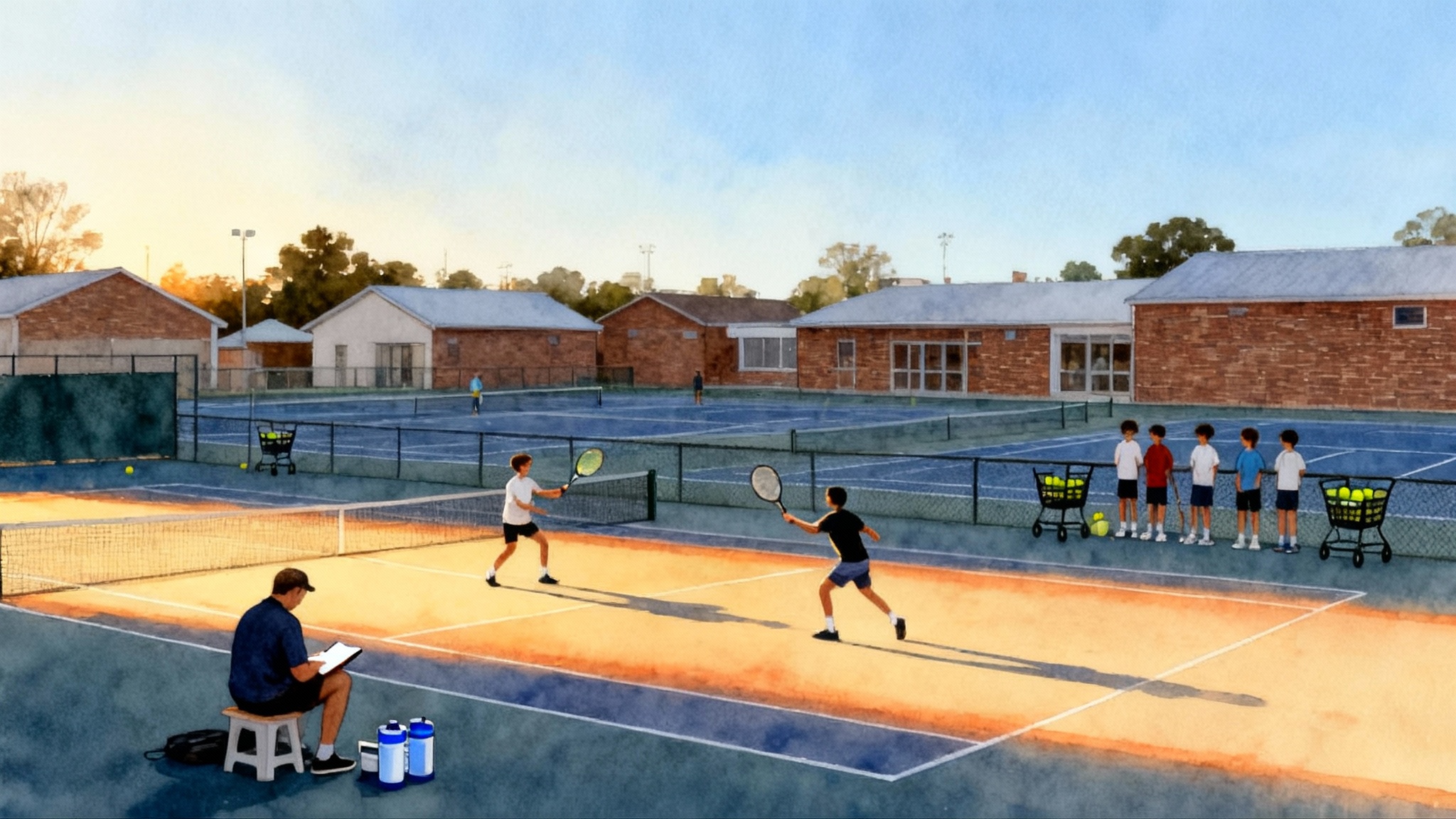From Oslo to Mallorca: How Rafa Nadal Academy Powered Casper Ruud
At 19, Casper Ruud left Oslo for Manacor, committing to the Rafa Nadal Academy’s clay-first grind with coach Pedro Clar and his father Christian. The decision shaped a calm heavyweight game that carried him to multiple major finals and Barcelona glory.
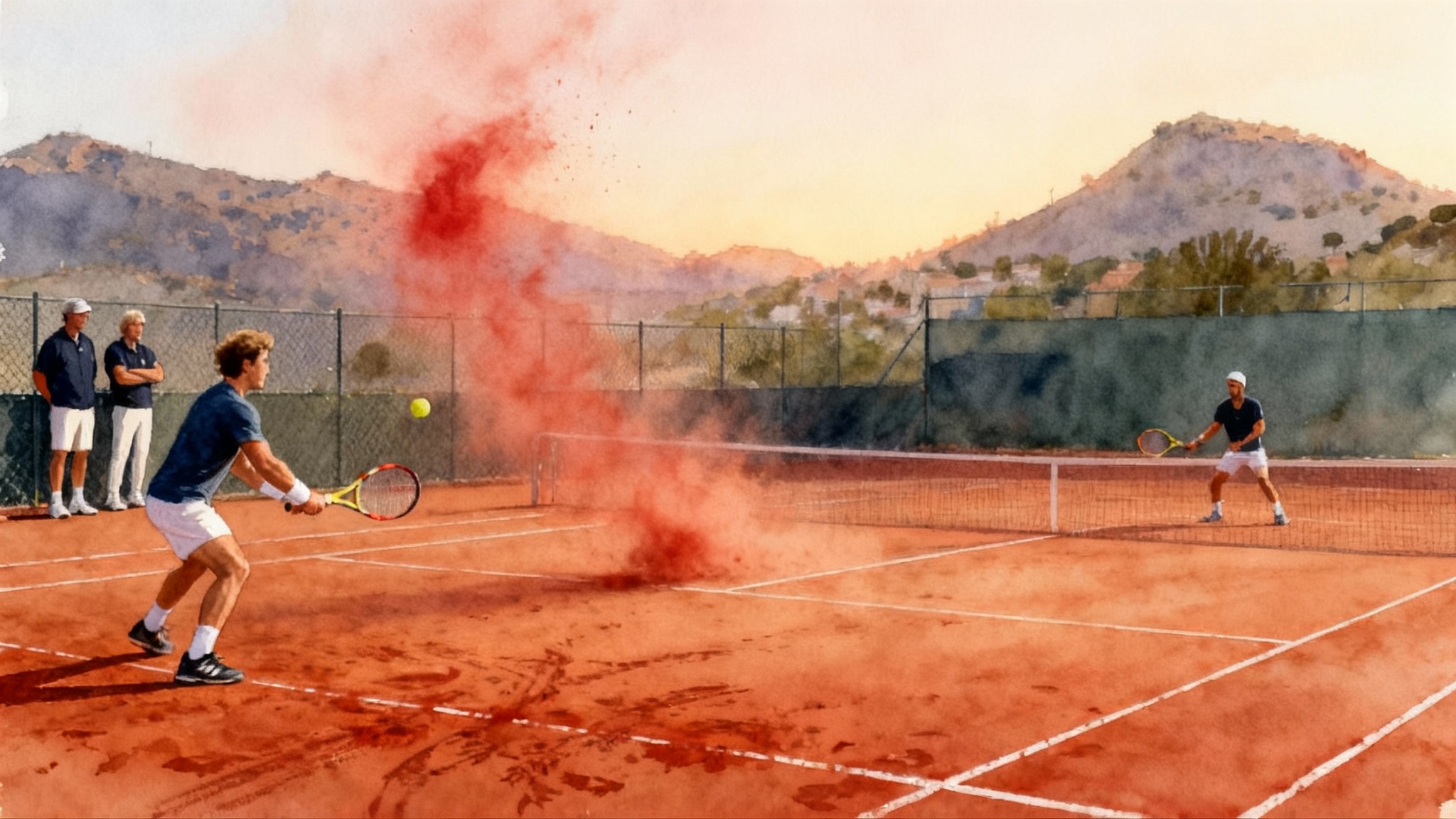
The moment a family chooses the long road
In late adolescence most players chase points. Casper Ruud and his family chased standards. At 19, with a good junior résumé and flashes on clay, he chose to move his training base from Oslo to Manacor. There he would work daily inside the Rafa Nadal Academy’s ecosystem, with his father Christian continuing as co‑coach and a young Mallorcan, Pedro Clar, becoming the on‑court driver of the project. Clar had joined Ruud’s team in 2018 while serving within the academy structure, and he eventually rose to head coach at the academy. That partnership is the through line from raw potential to a world‑class competitor who has stood across the net on the final Sunday of majors. You can trace the hinge of the story to a simple, risky decision made before his twentieth birthday, to live where the work is and build the game from the ground up. Pedro Clar joins in 2018.
Think about that choice with a clear, practical lens. It meant fewer comfortable weeks at home, more repetitions on a surface that tires the legs, and a willingness to let an academy coach have real authority alongside a parent. It also meant daily proximity to a model that is visible in every corner of Manacor: play with weight, hold the baseline, accept long rallies, and win the last heavy ball of the exchange.
What the academy changed first
Families often imagine sophisticated technology as the big unlock. At Manacor the first unlock is pace of practice. Ruud’s early blocks in Mallorca prioritized three tangible shifts that any parent or coach can understand and measure:
- Rally density: more balls struck per minute, with designed neutral rallies that reach six or seven shots before any attempt to finish a point.
- Ball weight: forehands trained to clear the net by a safe margin with high rotation, so the same swing produces depth even on a tired day.
- Court position: no drifting back. The coaching cue is simple, recover to the line not behind it.
These are not slogans. They are constraints that shape habit. Build them into a week and you get a player who can suffer better on clay, then translate that stamina and discipline to hard courts.
Inside the coaching triangle: Pedro, Christian, and the player
The Ruud camp solved a problem that derails many academy relationships. Who has the final say when a parent coach remains involved? Their answer was a clear division of labor.
- Christian Ruud, former top‑40 professional, set the long view and protected Casper’s identity. He knew when to say no to busy schedules and sponsor pressure.
- Pedro Clar, with the academy’s resources behind him, ran the day to day: progressions, hitting plans, and video review. He was the one who made sure each drill had a measurable outcome.
- Casper owned the routine. Sleep, warm‑ups, footwork ladders, and the unglamorous habit of picking targets for every rally.
The academy made that triangle work by surrounding it with high‑level sparring. It is common to see three strong players rotate through a single session so the intensity never dips. Logistics are the secret weapon of any great academy, and Manacor is built to schedule quality practice the way a film set schedules scenes, a principle echoed in the JTCC player development model.
Nadal’s invisible syllabus
Call it the Nadal index. If you watch practice courts in Manacor and in Oslo side by side, you see the difference in how often players reset a lost position and make the next ball heavy. That is not magic. It is a culture that treats point construction like a language class. Vocabulary first, then speed.
Here is how that syllabus looks in drills Ruud repeated until they became reflex:
- Corner survival, then offense: start with a wide forehand feed that puts the player in a losing position. Three neutral balls must land deep crosscourt before the player is even allowed to change direction. Only after stability comes the inside‑out change, then the inside‑in, with the split‑step timing habits dialed on contact.
- Two‑serve forehand: every first serve must be followed by a forehand to a chosen lane. On second serves the rule is the same, but the first forehand must clear the net higher and land deep middle. This protects court position and prevents returners from pinning you behind the baseline.
- High backhand height tolerance: feeds that arrive shoulder high are treated as an opportunity to lift crosscourt with shape, not as an emergency. This anti‑panic pattern is what keeps the rally neutral when opponents try to bully the backhand.
These rules sound basic. They are the reason Ruud’s rallies look unhurried even at full speed.
Results that validate the bet
Performance is not a straight line, but certain milestones tell you the training is compounding. For Ruud, the proof arrived in layers: a run of top‑tier clay results, then three major finals across 2022 and 2023, and finally a signature title in Catalonia. In April 2024 he beat Stefanos Tsitsipas to win Barcelona, his first title at the ATP 500 level, a week after losing to the same opponent in Monte Carlo. That Barcelona title marked the point where the wider public stopped describing him as only a clay specialist and started describing him as a tour standard. Ruud wins 2024 Barcelona Open final.
The mechanics of that Barcelona week looked like Manacor in miniature. Heavy crosscourt forehands pulled space, patient deep middles took time away from opponents, and finishes came only after the court was open. The match charts show fewer winners than a pure shotmaker, but the quality of the +1 ball after serve or return was the deciding stat.
Practical lessons for families considering a move
Every family asks the same questions before a relocation. Here is a decision framework tested by the Ruud story but usable for any player.
- Is your local training environment good enough to fail upwards?
- You need at least two high‑level hitters within 30 minutes, five days a week. If you are constantly calling around to fill courts, the ceiling is near.
- You need climate hours. Clay requires reps. If winter wipes out half the year or indoor clay is not available, you are negotiating with the calendar more than with your opponent.
- You need a coach who can design a week, not just a session. If you do not receive a written plan on Sunday night, you are buying one‑off lessons, not a program.
If any of the three are missing for more than a season, relocation is a rational step.
- What does a clean academy integration look like?
- Choose a lead coach before you arrive. Avoid the carousel where a new coach runs every second session. Ask for a quarterly plan and three key success metrics. Examples: forehand depth above 80 percent past the service line in live rallies, second‑serve average over 100 miles per hour without higher double faults, break‑point conversion above 40 percent on clay.
- Define the parent role. If a parent is part of the team, agree on two non‑negotiables they own, for example schedule protection and match video notes. Then let the academy coach own technique progression and day‑to‑day drills.
- Ask for sparring inventory. A serious academy can describe, by name and style, the hitters available at least three days a week for the next month. If the answer is vague, the program is improvising. A useful contrast is Equelite’s Alcaraz blueprint, which shows how clear player mapping tightens daily work.
- How do you test the fit without burning a season?
- Do a 10‑day trial with full immersion. Live near the site. Add two practice matches against different styles and one monitored gym session. Pay attention to how fast the program adjusts when a drill is not working.
- Run a debrief that produces three commitments from the staff and three from the player. Put dates on each one. If no one writes anything down, keep looking.
Selecting a coaching team inside an academy
Big academies are cities. Without a map you wander. Use this simple process to build your inner circle.
- Start with compatibility, not star power. You want a coach whose communication matches the player’s wiring. If the athlete is analytical, look for whiteboard sessions and video. If the athlete is feel based, look for on‑court cues and rhythm work.
- One voice per topic. Technique belongs to one person, tactics to one person, fitness to one person. Everyone can share observations, but only one person is authorized to change a grip or a pattern at any given time.
- Install a weekly match review. Thirty minutes, three clips that show the problem, three clips that show the fix, and one written cue to carry into practice.
- Demand a calendar. You should see a six‑week block that aligns training days, sparring, and tournament entries. If the calendar does not exist, there is no strategy.
Build a clay‑first schedule that still grows an all‑court game
Ruud’s path shows that a clay foundation can feed the rest of the calendar if you plan it. Here is a template families can adapt.
- January to early February: two microcycles on hard courts to set serve patterns and transition instincts. Add doubles entries to accelerate first‑volley reads.
- February to June: clay block. Start with a lower‑tier event to bank matches, then move into higher‑level clay. Use Monday and Tuesday in off weeks for long neutral rallies and forehand patterning. Use Thursday for return games that begin inside the baseline to reduce passive habits.
- Short hard‑court pivot before grass: three weeks to rehearse flatter forehand through the court and a more aggressive second serve. Keep one clay session per week to preserve timing.
- Post grass to early fall: second clay mini‑block if the player is clay oriented, or a controlled move to hard courts with clay‑style drills that keep the heavy ball but shorten the finishing patterns.
Key guardrails so clay does not slow all‑court growth:
- Serve targets must live on both surfaces. On clay you can get lazy and accept roll serves. Do not. Keep the same T and wide targets, and grade them by depth and bounce height.
- Install a weekly transition day. Even in the heart of clay season, spend one day finishing points at the net. The goal is not serve and volley, it is to practice the decision to move forward when space opens.
- Track an aggression index. Simple metric, winners plus forced errors created divided by unforced errors. On clay you can win with a lower index, but do not allow it to collapse. If the number falls for three straight weeks, add finishing drills.
A week in Manacor, translated for any program
Here is a sample week inspired by the academy cadence that built Ruud’s base. Adjust volume for age and ranking, but keep the bones.
- Monday
- Morning: 75 minutes neutral rally depth work. Targets beyond the service line. Backhand height tolerance series.
- Afternoon: Gym lower body and trunk stability. Isometric holds, medicine ball rotational throws.
- Tuesday
- Morning: Serve plus one forehand lanes, two baskets each to T and wide on both sides, then live points starting with serve.
- Afternoon: Practice set versus a heavier hitter. Constraint, no winners before ball seven in the rally.
- Wednesday
- Morning: Return games, step inside on second serves. Two out of three sets starting every game at 30 all to simulate pressure.
- Afternoon: Recovery bike, mobility, and video review of Tuesday’s set.
- Thursday
- Morning: Inside‑out forehand patterns, three‑ball build then finish. Add mid‑court approach after deep middle ball.
- Afternoon: Doubles set to keep transition instincts alive.
- Friday
- Morning: Mixed patterns, coach feeds to corners, player declares the finishing lane before the point. Score the accuracy.
- Afternoon: Match play. Tactics written on the changeover bench before warm‑up. Post‑match debrief with one technical cue and one tactical cue to carry forward.
- Saturday
- Morning: Fitness on clay, repeated accelerations and recoveries, ladder work emphasizing split‑step timing.
- Sunday
- Off, with a 20‑minute light hit if in a tournament week.
What to watch for as the game matures
Families often misread progress because they chase ranking points instead of quality of tennis. Use these leading indicators instead.
- Defensive depth on the run. Do heavy crosscourt balls land past the service line when pulled wide, or do they float short? If the answer is the former, rallies will last and break points will come.
- Second‑serve ambition. Is speed climbing without a spike in double faults? If not, dedicate a block to serve‑specific gym work and basket reps.
- Break‑point patterns. On clay, many points are neutral. Does the player have two or three reliable plus patterns on important points, not just hope for an error?
What clubs and academies can learn from Manacor
- Make rally rules explicit. Players should know the number of neutral balls required before a green light. Codify it.
- Put staff on the same page. The sprint coach should know the tactical goals of the week, and the hitting partner should know which lane the player is training.
- Publish practice standards. How many unreturned serves per practice set count as progress. What is acceptable error rate for a deep middle ball. Without numbers, no one knows if they are getting better.
The Barcelona proof, then the road ahead
Barcelona in 2024 was not a lucky week. It was confirmation that a clay‑first foundation yields a steady, scalable game. The next chapters for Ruud have already followed that pattern. He has added aggression in first‑strike patterns, improved his ability to take backhands up the line under pressure, and used doubles to keep his transition footwork honest. The lesson for families is not to copy every detail. It is to copy the discipline of the setup.
- Move if your environment cannot deliver daily quality.
- Choose a lead coach and agree on how a parent coach fits.
- Build a schedule that feeds your strengths without starving the rest of your game.
That is the architecture behind a calm heavyweight game. It is how a teenager from Oslo learned to win with patience and precision in Mallorca, then carried that patience onto the biggest courts in the world.
A last word for the decision makers at home
Relocation is not a romantic adventure. It is a logistics project. If you do it with clarity, the way the Ruud family did, an academy becomes more than a brand. It becomes a laboratory with a syllabus and a calendar. Families who decide to live where the work is, who measure the right things, and who trust a small team to make daily decisions, give their players a fair shot at real improvement. The payoff may look like a trophy in Barcelona or a Sunday in Paris, but the real win is a game that holds up everywhere, especially when nothing feels easy."
